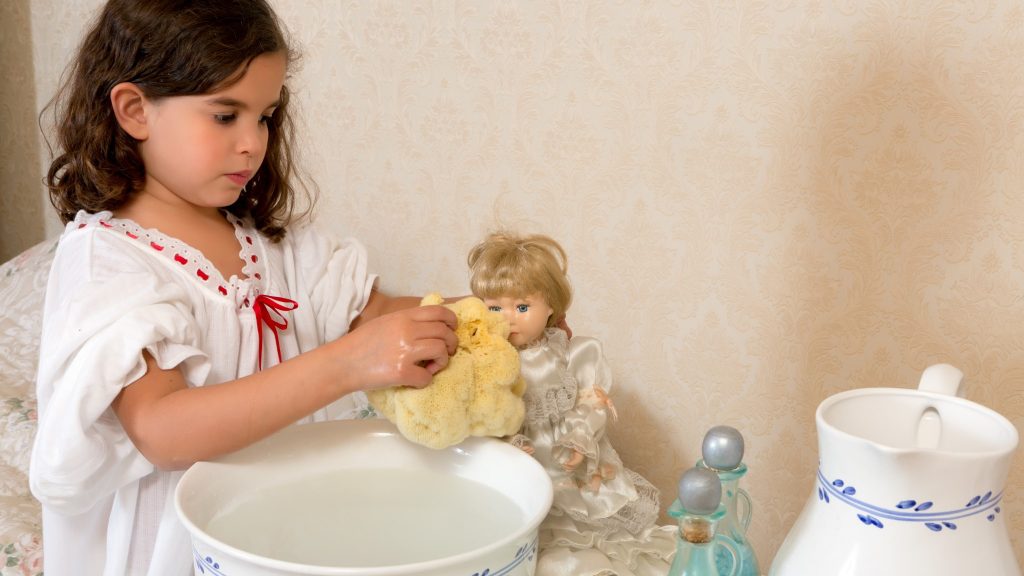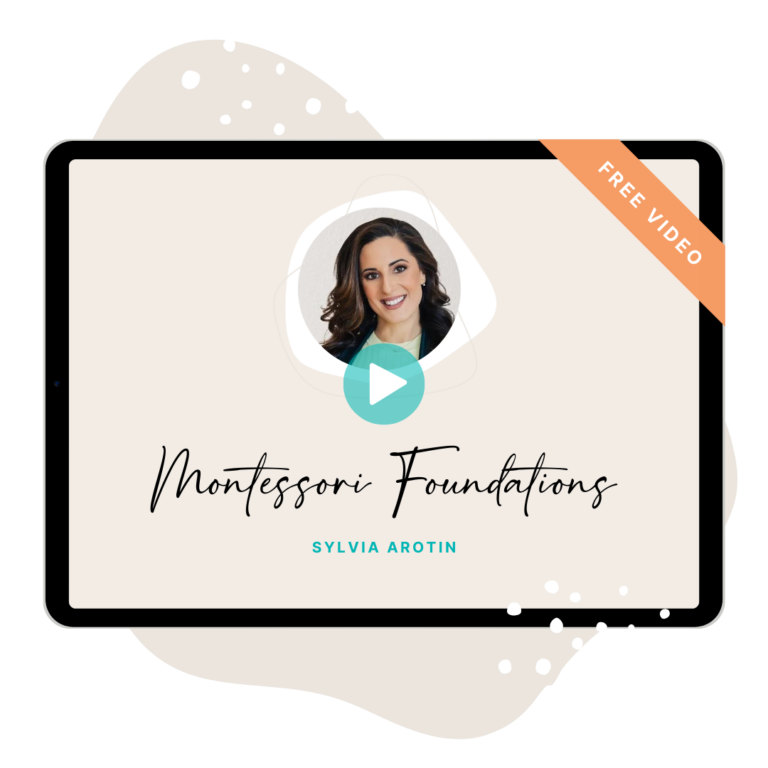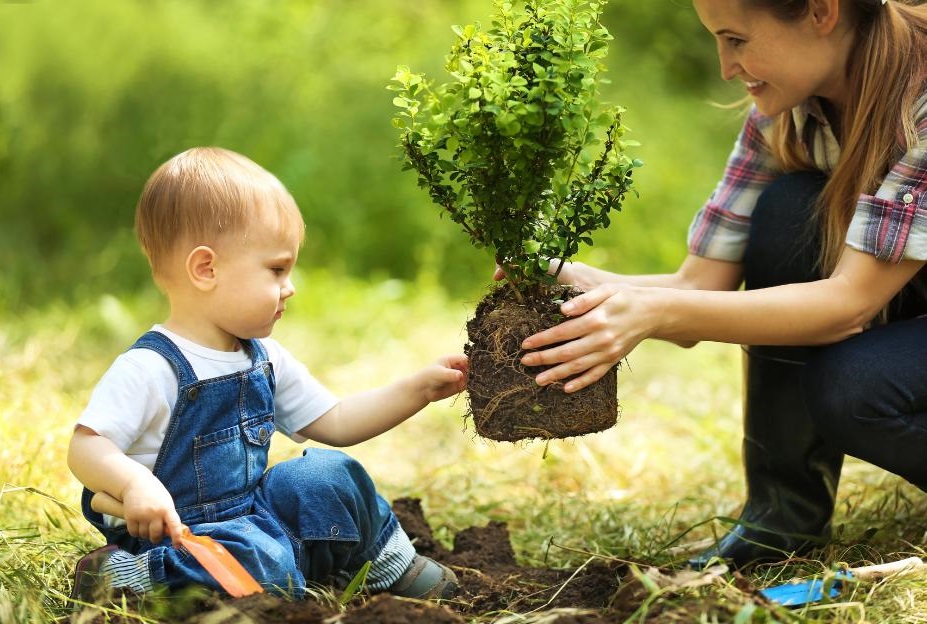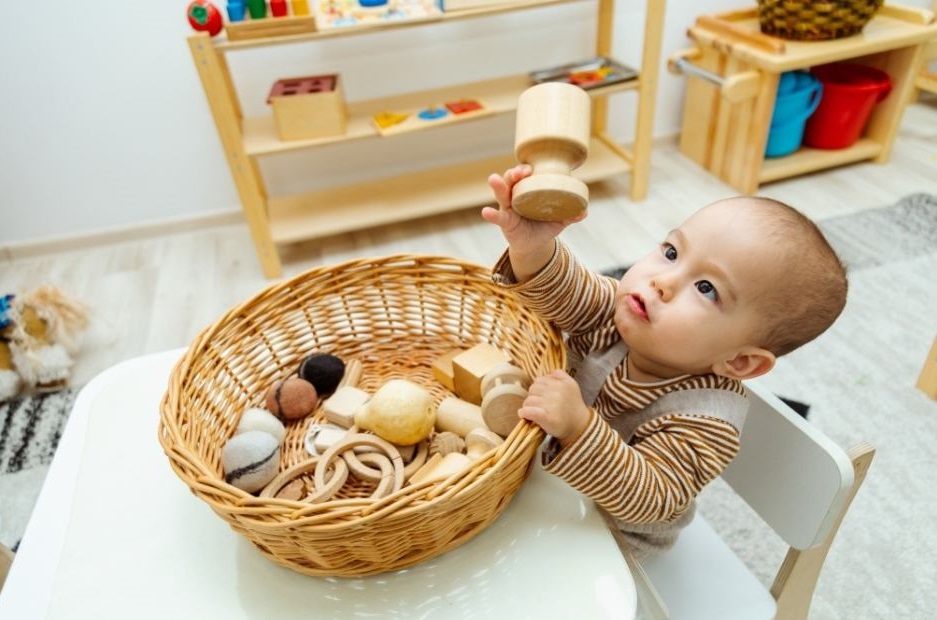As Montessori has gained in popularity, toy makers have capitalized on the growing interest amongst parents and caregivers. By including the word “Montessori” in the name of their not-so-Montessori products and activities, toy manufacturers and retailers have been able to increase sales, appealing to parents hoping to provide their child with high quality materials that support their development.
There is a lot to learn about Montessori for those beginning their journey and this type of false advertising can make it even more difficult for parents and caregivers to implement Montessori with fidelity – but we’re here to help! We’ve compiled a list of non-traditional activities that are often marketed as being “Montessori” and have provided ideas for how these materials can be used in Montessori aligned ways.
Flashcards
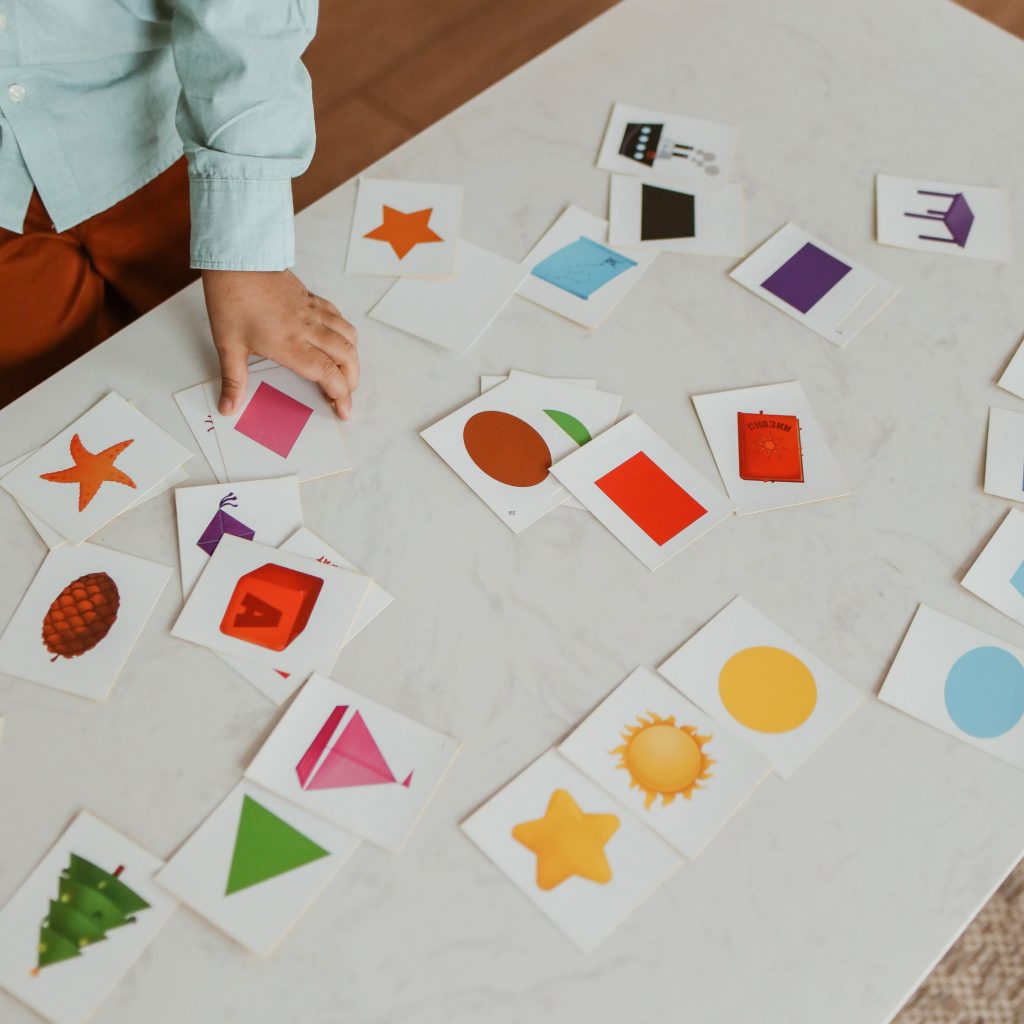
Flashcards are used for memorization of information through practiced retrieval. Flashcards for young children are often double-sided with a picture or question on one side and the name or answer on the other. For instance, there might be a picture of an apple on one side and the word “apple” on the other or the number 1 on the first side and the written word “one” on the other. Flashcards are often used for quizzing as you show the child the side of the card with the picture or question and they quickly name the item or answer the question. This type of memorization does not demonstrate real learning and would not be considered aligned with Montessori. However, flashcards can be used in a Montessori aligned way for object-to-picture and picture-to-picture matching. You might place a basket on your child’s shelf with small planet figurines with cards with photos of the planets for them to lay out and match. For older preschool-aged children who are able to read, Montessori introduces a material called three-part cards for matching works. In this activity, the child matches a picture with the appropriate label and then uses a third card showing the picture and the label to independently check their work.
Dolls and Dollhouses
Dolls and dollhouses are traditionally part of small world play, a type of play in which children use miniature figures and resources to build stories and play imaginatively. When used in this manner, dolls and dollhouses would not be considered aligned with Montessori. However, doll washing is a traditional Montessori activity that encourages concentration, coordination, order, as young children build their fine motor skills “bathing” and drying a baby doll with a small cloth and water.
Dollhouses can be used in a Montessori aligned way as a miniature environment, an essential resource used in Montessori classrooms for language development. Although very young toddlers may need adult support with this activity, the purpose of the miniature environment is to allow the child to place objects within the environment and then label them. For a dollhouse, the parent or caregiver might read aloud words such as bed, sink, and table and ask the child to place the label on or near the corresponding item. This same type of approach can be applied to other types of miniature environments in your Montessori home including farms and safaris. You can also use a printed background with small objects or pictures of objects that your child places and then labels.
Animal Figurines
When used as toys for imaginative play, animal figurines are also part of small world play and, thus, are not inherently Montessori in nature. However, they can be used in a Montessori aligned way through object-to-object or object-to-picture matching. Providing your child with a basket with a set of animals (perhaps 2 cows, 2 horses, 2 pigs, and 2 sheep) for matching encourages visual discrimination and sets a strong foundation for reading. As the child is ready for an additional challenge, you might have them match animal figurines of adult and young species or match the figurines to pictures of the animal. This same principle can be applied with other small objects including cars and tools.
Busy Boards
(Image Source: Former moderator of the Montessori at Home (0 to 3 years), Jude Saffron, shared these images of DIY Busy Boards found in another Facebook group – original source unknown)
Busy boards would not inherently be considered aligned with Montessori as they do not isolate a single skill. However, it is possible to create a DIY version of busy boards where each individual skill is presented on a single board, allowing the child to choose one board from the basket at a time and practice a single skill based on their specific interest. Here is an example of what this might look like.
Open-ended materials / Loose parts
Image Disclaimer: The picture featuring wooden toys used in this content is credited to and sourced from https://www.woodenearth.com/. All rights, including copyrights, in the content of this image are owned or controlled for these purposes by Wooden Earth. The use of this image is intended for informational purposes only and constitutes fair use.
Montessori aligned materials have a specific purpose with a clear beginning, middle, and end point, as well as self-corrective measures. By nature, open-ended materials and loose parts do not fit this criteria. However, there are ways to introduce these items in a Montessori aligned way. Perhaps you provide a treasure basket filled with objects of varying properties and textures for your child to explore. For an infant, this might be balls of different shapes, sizes, and textures and for a toddler or preschool-aged child, this might be items from nature. Another option would be to select a set of blocks with a clear goal in mind such as those that are used to build a pyramid or arch, where each block has a specific place and purpose. Finally, GRIMMS peg people could be introduced as a way to practice color matching.
Visual Schedules
A visual schedule is a tool that allows the child to see the activities that are happening and the sequence of events. It not only helps them know what to expect for the day, but can aid in making smooth transitions from one activity to another. Although visual schedules were not developed by Dr. Montessori herself, they can certainly have a place in a Montessori home environment as they assist children in being independently involved in daily self care activities. They help the child feel more in control of the process and as I’m sure we all know, autonomy is of the utmost importance to toddlers and preschoolers. Click here to download a set of FREE visual routine cards to encourage your child’s independence in daily routines.
Explore the fundamentals of Montessori parenting with this free video by Sylvia Arotin, offering insights and strategies to empower and educate your child.
No one is 100% Montessori.
We want to be clear that no one is 100% Montessori – in fact, there really is no such thing! Just because the activities discussed above are not traditionally Montessori does not mean they cannot have a place in your Montessori home. It is absolutely ok to incorporate some of these activities and materials, even if not used in a Montessori aligned way, especially if you are following your child’s interests. After all, observing your child’s interests and meeting their needs is one of the foundational elements of the Montessori philosophy.
